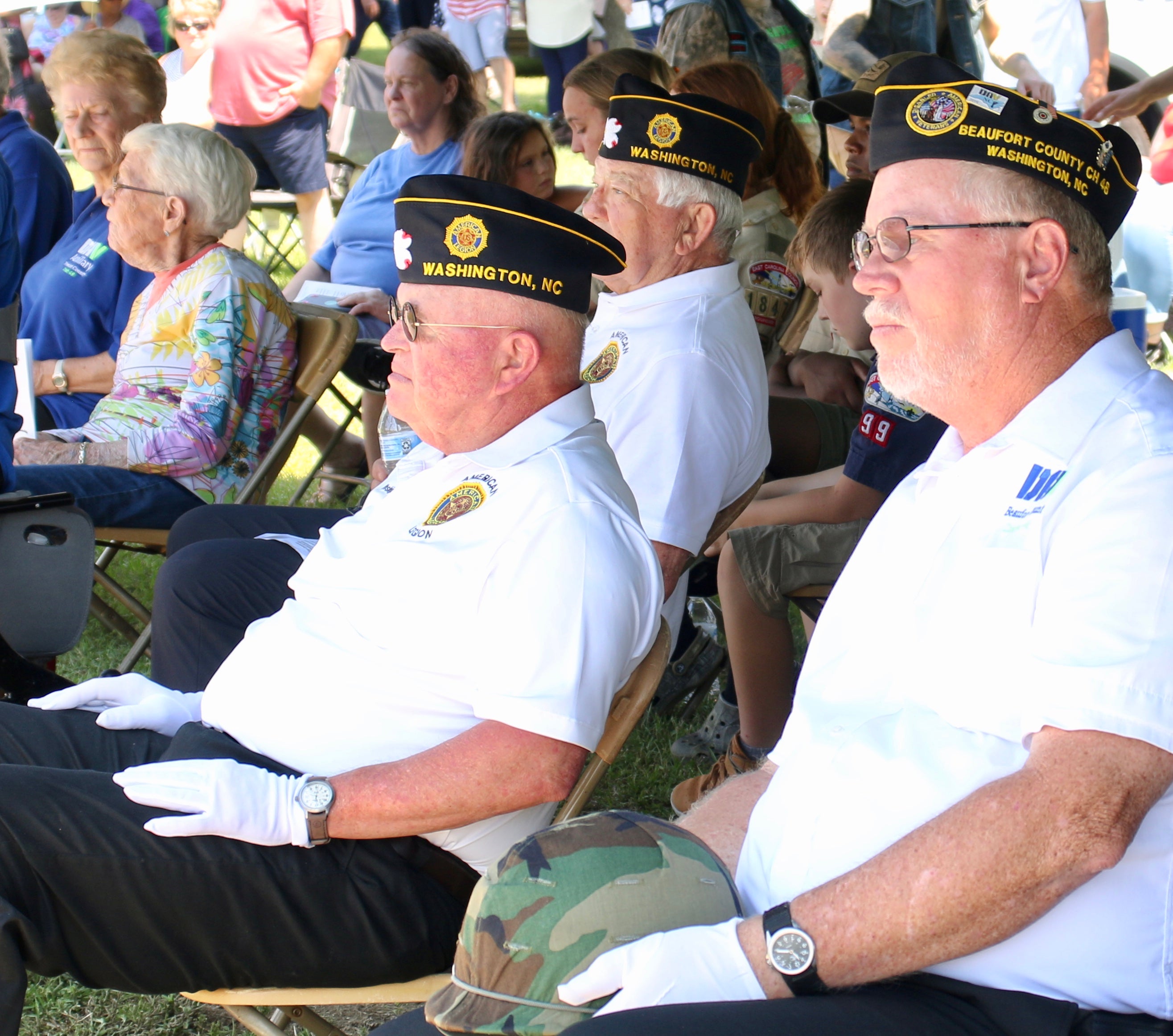History repeating
Published 1:40 pm Tuesday, July 17, 2007
By Staff
In trying to please the Navy, it appears that Virginia officials have failed to learn a lesson the Navy learned the hard way.
Last week Virginia leaders presented the Navy with a list of 10 sites to consider in its search for an outlying landing field. They did that because the Navy’s favored site —in Washington and Beaufort counties in eastern North Carolina — has been widely criticized.
And they did it to protect Naval Air Station Oceana. Robert Crouch, Jr., who works for Virginia Gov. Timothy M. Kaine, said that just after his meeting with Navy brass.
The problem is Virginia leaders didn’t bother to touch base with the people who would be impacted by the landing site. It appears local officials there didn’t even know they were being considered until they read about it in their newspaper.
It’s not the first time something like this has happened.
When the Navy first announced plans that it was looking for an alternate site to augment or replace the one at Fentress in Virginia, it dropped the ball. Area officials — those in Washington, New Bern, Hyde County and elsewhere across the eastern part of the state — were clueless when the news came out. Maybe the Navy thought getting locals to “buy in” wasn’t that big a deal.
They were, of course, wrong. Virginia officials are repeating the same mistake.
Dave Whittington, the administrator of Greensville County, wasn’t in the loop.
Flashback to 2002. Officials in Beaufort and Washington counties were saying the same thing.
What’s the economic benefit? The answer is there isn’t any, at least not to the location that is picked for the site. The OLF may have a staff of a few dozen people, maybe even 50, to maintain it and be there in case a plane crashes. What little benefit is created by those few jobs would be lost because the property, perhaps 30,000 acres or so, could be stricken from the tax rolls because the federal government would own it, not private individuals.
Why so much land? What the Navy proposed at the start is four times the size of Marine Corps Air Station Cherry Point, a sprawling base that houses multiple squadrons of Harrier and Prowler jets, as well as transport aircraft. The base is also home to the air depot, which repairs planes and is the largest private employer east of I-95. In its defense, the Navy wanted so much land for the OLF that it would never again have to worry about the issue of encroachment. If it gets 32,000 acres that shouldn’t be an issue.
The Navy will take the next two months to analyze the Virginia sites.
The Virginia Beach area of Virginia has everything to gain by building an OLF somewhere else. The millions of dollars created by thousands of jobs from the Oceana base would continue to roll in, but the messy, yet necessary part of touch-and-go landings could be exported elsewhere. The prospect of moving two Navy squadrons down south to Cherry Point was like tossing a dog a bone. It would have an economic impact for the Havelock area and would help strengthen the Navy’s argument that it needs a site halfway between Virginia Beach and Havelock.
In the end, one can make the analogy that the OLF will be a necessary, but nasty byproduct of development. Local officials in Virginia are getting a lesson that North Carolina residents learned years ago. Government officials need to lay it all out on the table and let the people decide.



